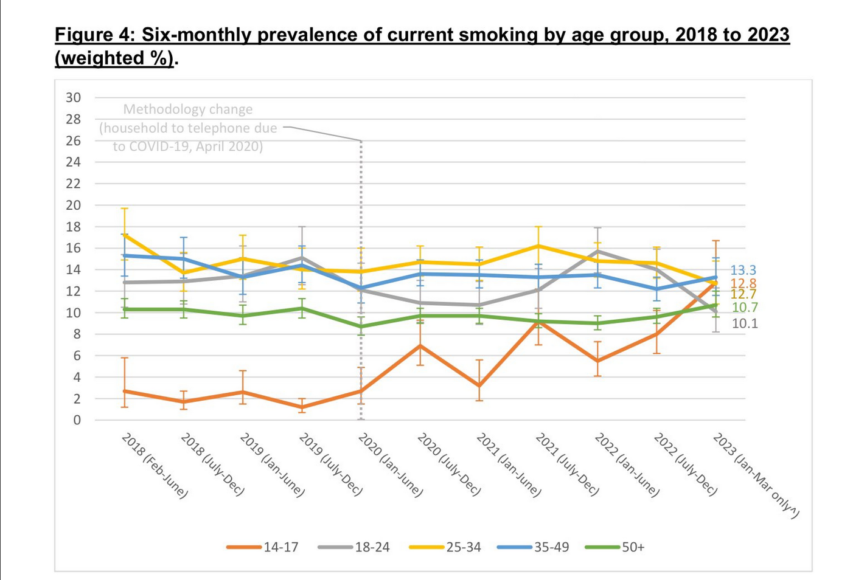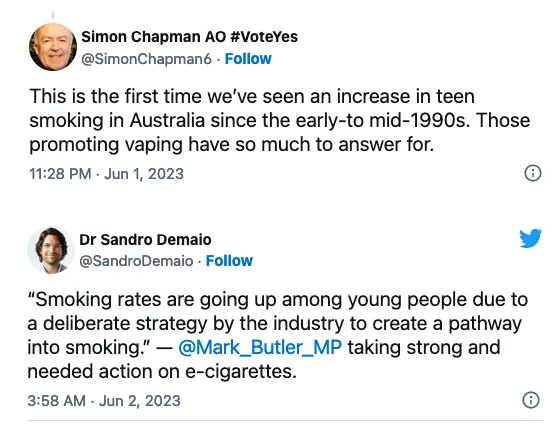 … for the pilots and crew of one such helicopter, the law of averages caught up to them, and the helicopter, being test-flown well out over the ocean, disappeared without a trace. No mayday, no clue, just a helo and several souls gone, amidst a war that was eating both like a ravenous beast.
… for the pilots and crew of one such helicopter, the law of averages caught up to them, and the helicopter, being test-flown well out over the ocean, disappeared without a trace. No mayday, no clue, just a helo and several souls gone, amidst a war that was eating both like a ravenous beast.
Enter the flexible and utilitarian morals and institutional larceny that allows the best-run military machines to cope with the insanity of war. Because a squadron, roughly comparable in size to an infantry battalion, is several hundred men, and even at 1960s prices, multiple millions of dollars worth of machines, tools, parts, equipment, and miscellany, from nuts and bolts to aircraft engines, and everything in between. Canteens, machine guns, flak jackets, toilet seats, high explosive ordnance, and everything else you can imagine, and a million things you cannot, in quantities normally only encountered at a Wal-Mart or Target store, or aboard a 100-car freight train.
And not to put the point too finely, 8000 miles away from home, in a war zone where things were destroyed daily by tons of bombs, rockets, mines, shells, bullets, and of course, the finest pilfering skills of one of the most thriving black market economies of all time. Anything not guarded 24/7 would disappear in minutes in Vietnam, up to and including entire aircraft and other major end-user items. (Think things like APCs, tanks, artillery pieces, jeeps, etc.)
And senior NCOs and junior officers are responsible for all that stuff, as well as every commanding officer having to personally sign for and accept responsibility for everything down to the last door knob and belt buckle. Which, amidst such widespread theft and combat destruction, was sheer insanity coupled with practical impossibility.
Until the helicopter went missing.
Because after a dutiful search for survivors yielded nothing whatsoever, a report had to be filed, and items accounted for. Whereupon some shifty but brilliant NCO or senior NCO pointed out to a junior officer that it would be rather convenient to cover for all the tons of things blown up, stolen, lost, pilfered, etc., to just include them on the manifest and equipment carried on that now gone-forever helicopter.
And so, in rapid order, every crew chief, maintenance shop, and officer from warrant to XO certified, in detail, the manifest of tools, spare parts, and military miscellany that had been aboard the doomed flight, and the CO signed off on it, immediately bringing the reality of property on hand into line with what was actually able to be found, touched, and wielded by that squadron.
This boon to military accounting had, of course, the obvious flaw.
Someone higher up in the hierarchy, presented with the dozens of pages of missing gear on the missing aircraft, did some napkin math, and observed deftly that the weight of the missing items would be roughly twenty times the maximum lifting capacity of the helicopter in question, and the only way a craft actually so burdened could have achieved aerial flight was if someone had detonated an explosive device under the skids in the mid-teen kiloton range. Otherwise, it would have been like trying to get an elephant off the ground using a pair of hummingbird wings.
But the military being the military, no one wanted to rock the boat, and so the obviously fraudulent work of fiction was funneled right back to the gaping maw of Pentagon reports, where it disappeared like the Ark of the Covenant at the end of Raiders Of The Lost Ark, and the cosmic scales were in balance.
Raconteur, “Squadron Property and Cultural Rubicons”, Raconteur Report, 2018-09-27.










